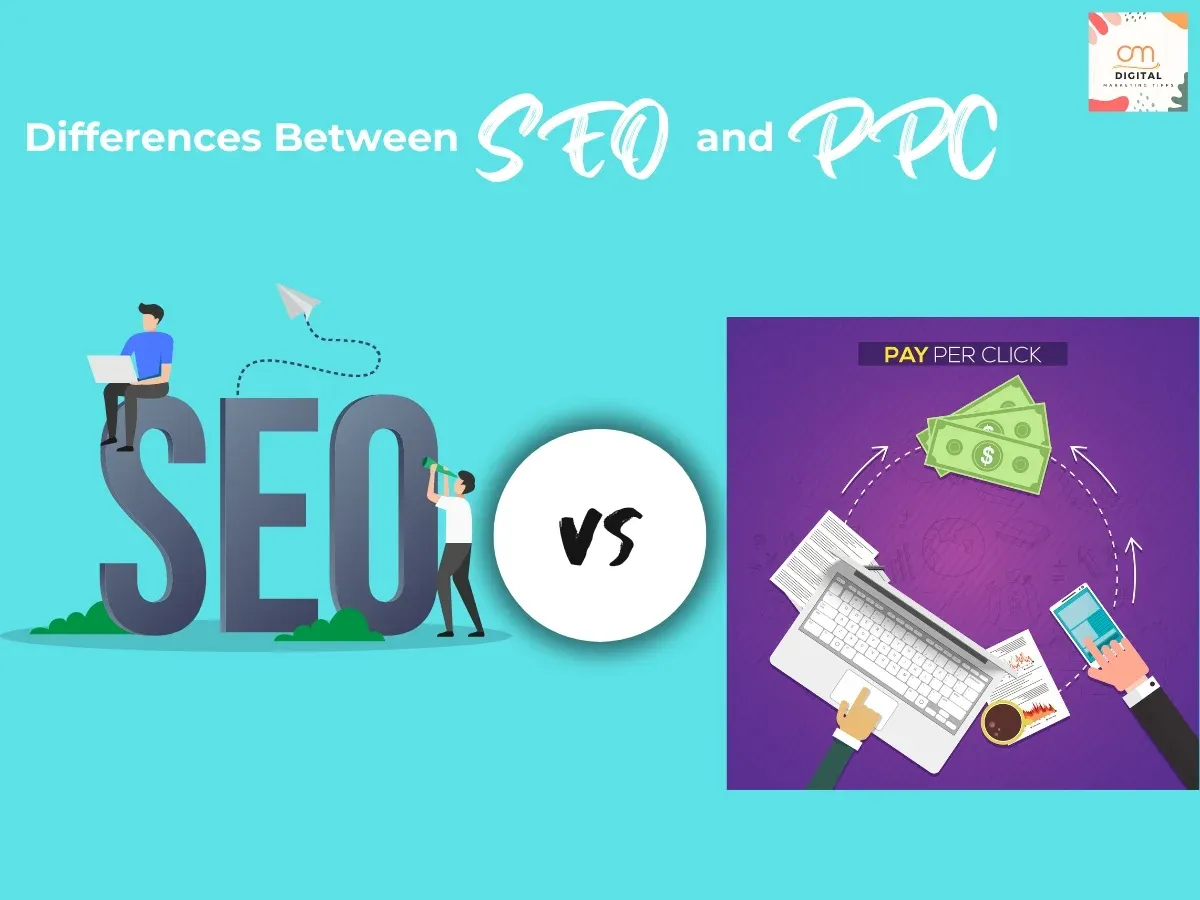In the digital marketing landscape, SEO and PPC advertising are two of the most prominent Digital marketing strategies for small businesses use to enhance their online visibility. Though they both share the common goal of boosting a website’s traffic, the route they take varies significantly, each bearing its uniqueness, pros, and cons. Hence, comprehending these two entities can take your brand's reach to new heights.
Search
Engine Optimization: An Overview
Search Engine Optimization involves building a website in a way that it naturally
ranks high in the results page of a search engine like Google or Bing. It
includes optimizing a website's structure, HTML code, and content using
relevant keywords.
Pay Per Click advertising: An Overview
Pay Per Click advertising is a model of internet marketing where advertisers pay a fee
each time one of their ads is clicked, essentially buying visits to their site.
Differences Between these two strategies:
Note: Paid search visits are 35% more likely to convert than organic searches. (Source: Agency Analytics)
Note: Organic search drives 53% of website traffic, while paid search drives only 27%. (Source: Yoast)
Note: Approximately 39% of worldwide eCommerce traffic comes from search – with 35% of traffic being organic and only 4% of it through paid search ads. (Source: Endpointdigital)
Conclusion:
Selecting
between these two strategies isn't about deciding which one is better. Instead, it's
about understanding your business needs and goals, budget constraints, industry
competition, and target customer behavior. A balanced and wisely chosen mix of
this both strategies can work wonders for your overall online marketing strategy, each
complementing the other's shortcomings.






0 Comments